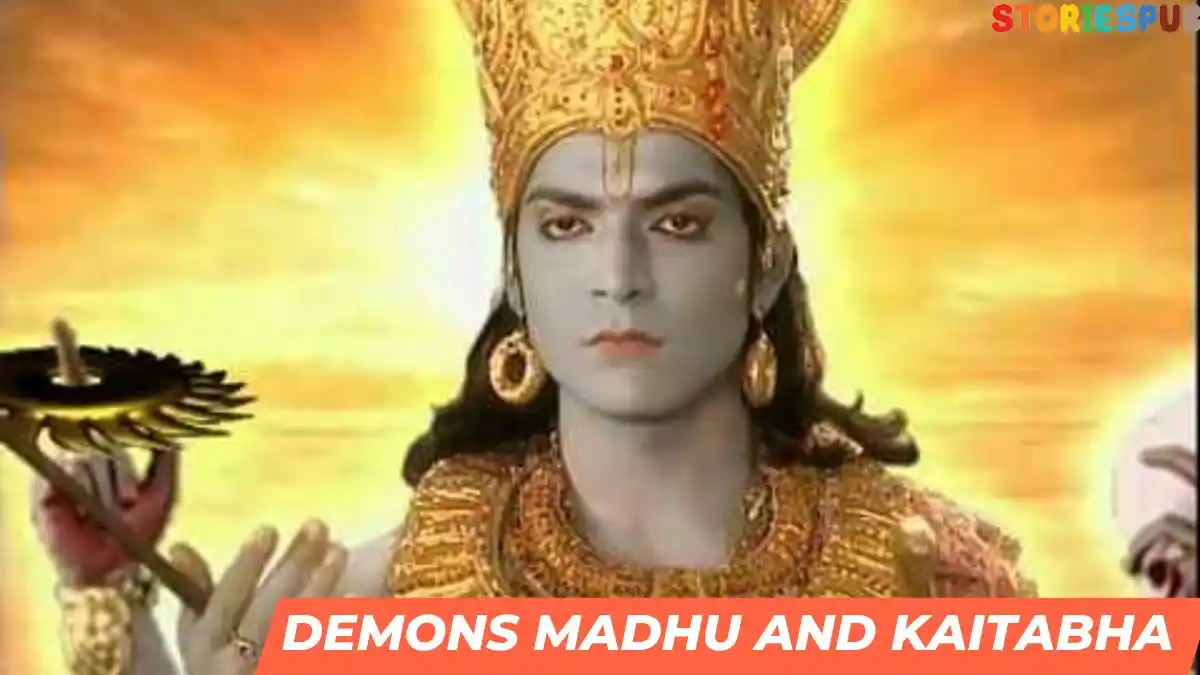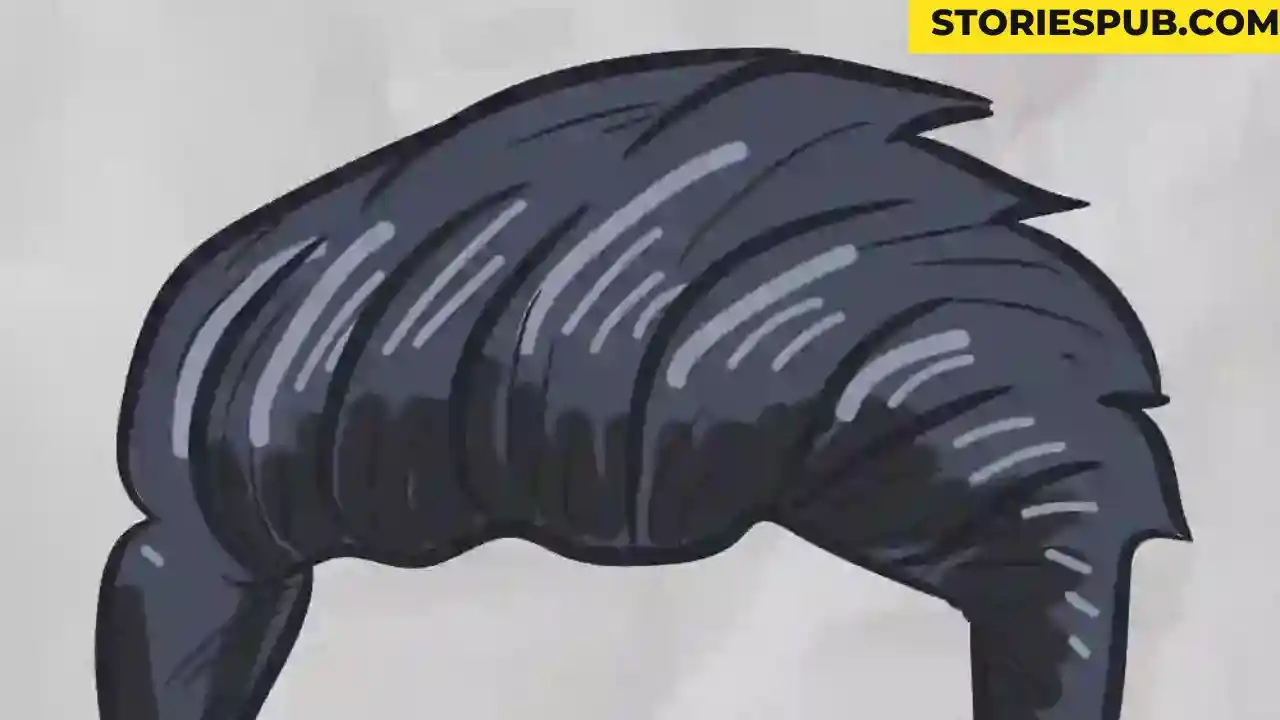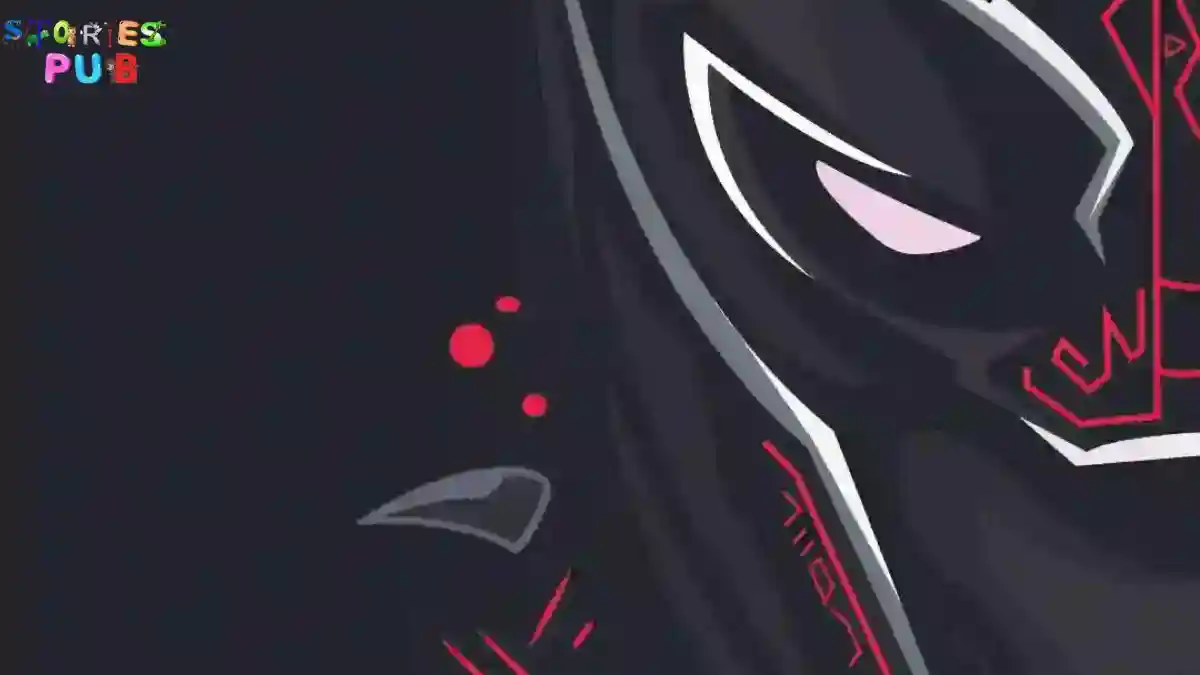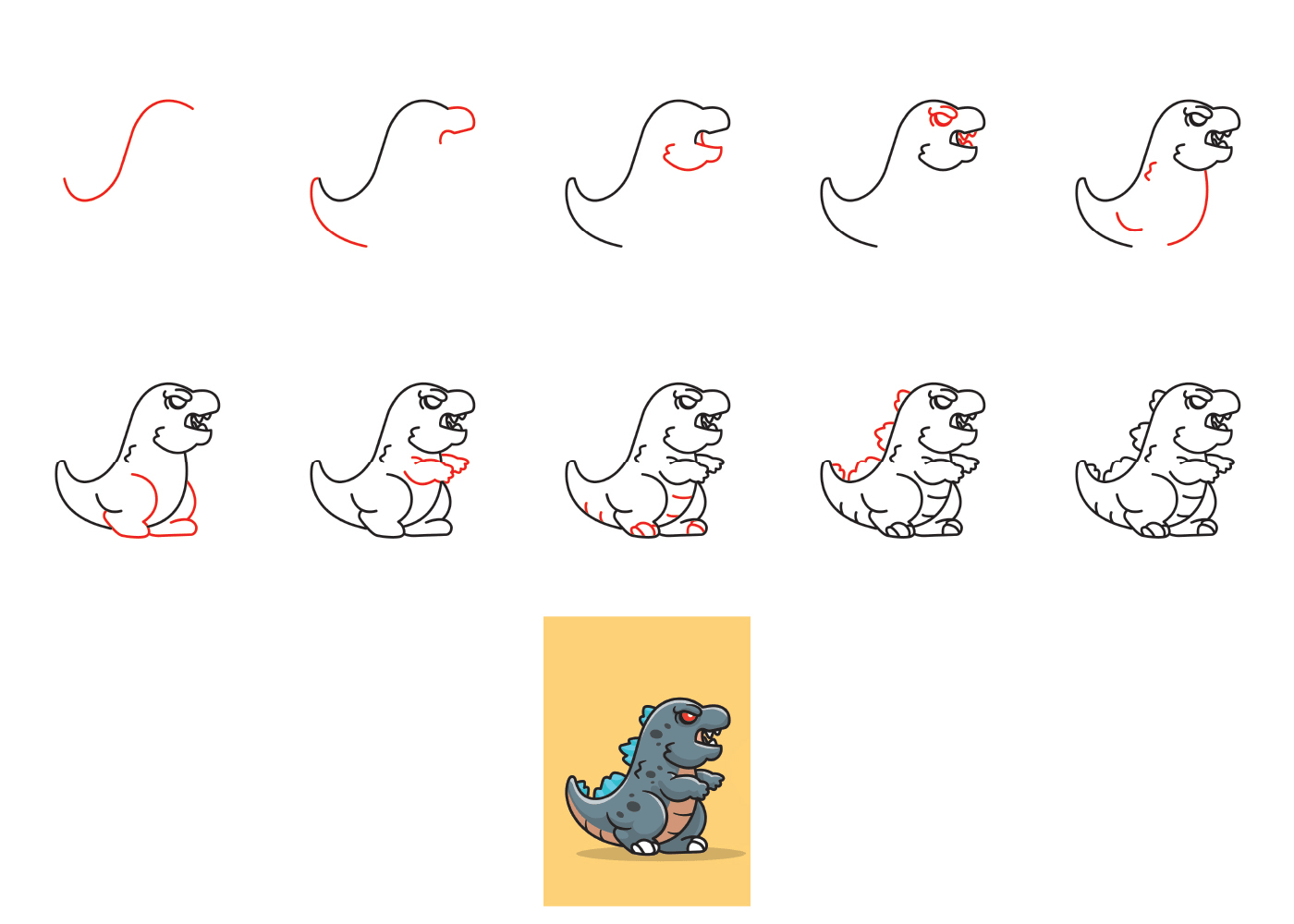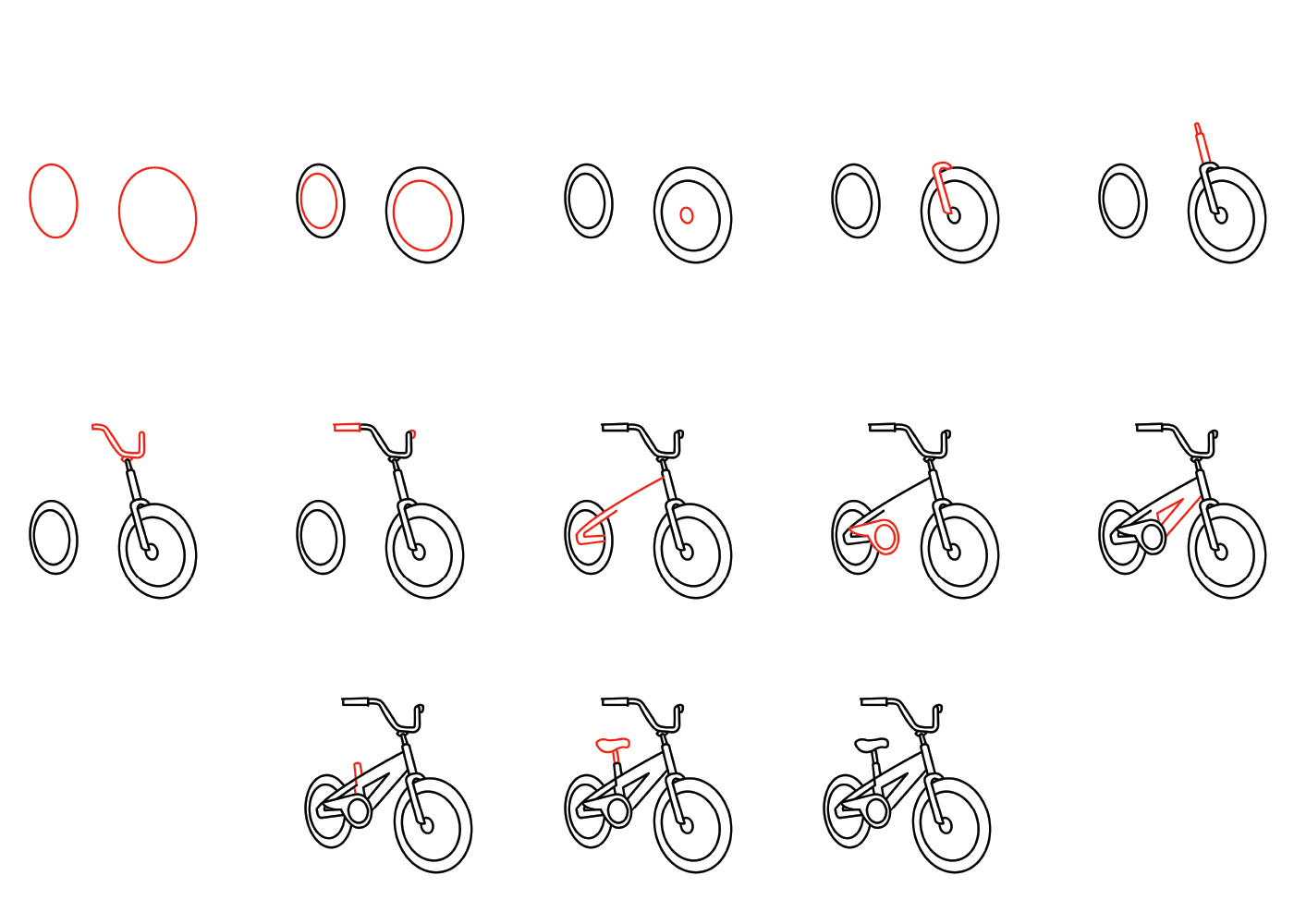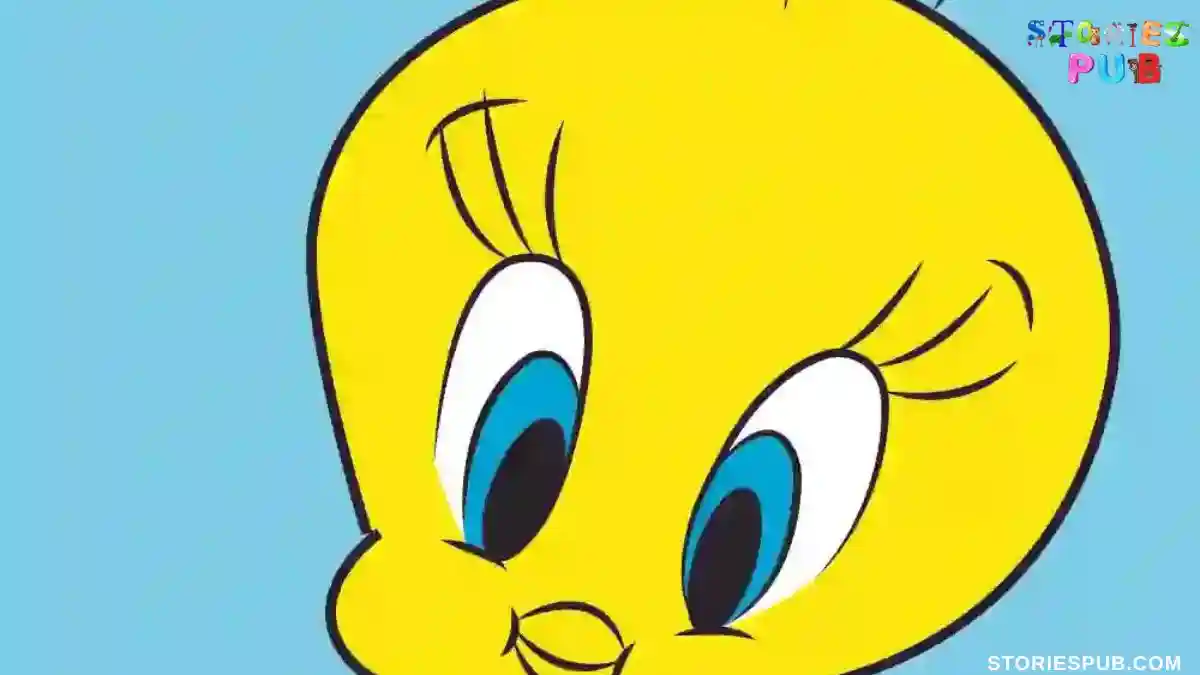Summarize this Article with:
Giants with a Hundred Arms: The Mighty Hecatoncheires of Greek Legend
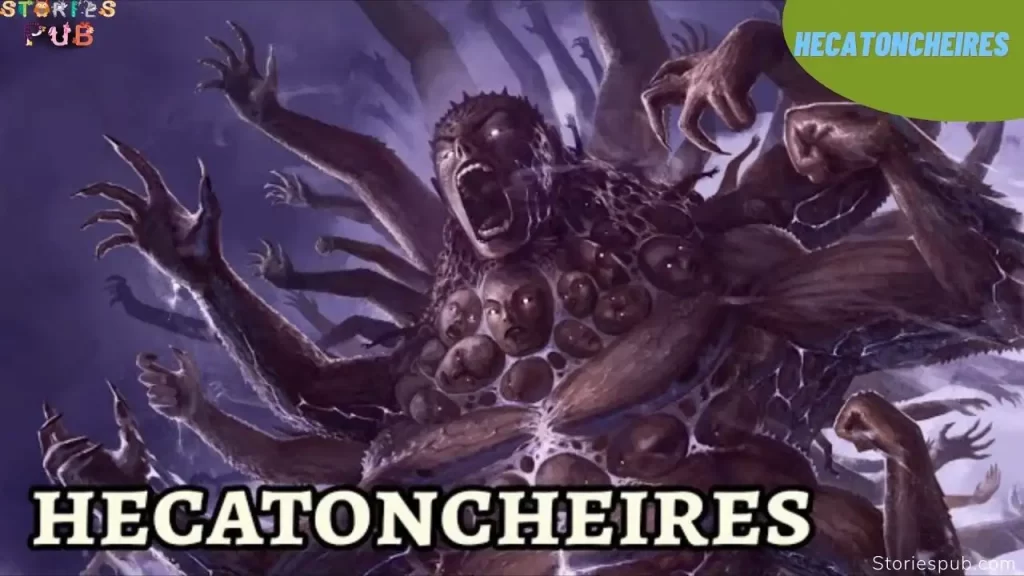
Hecatoncheires (or “Hundred-Handed Ones”) are creatures from Greek mythology, depicted as giant beings with one hundred arms and fifty heads each. They were the offspring of the primordial gods Uranus and Gaea and were considered to be among the earliest and most powerful beings in existence. In myth, they were tasked with holding up the pillars that supported the sky and were considered powerful enough to challenge the rule of the gods themselves. Despite their size and strength, they were eventually defeated and imprisoned by the Olympian gods.
Hecatoncheires’ History and Origin
The Hecatoncheires are a part of Greek mythology and are considered to be some of the earliest and most powerful beings in existence. According to myth, they were the offspring of the primordial gods Uranus (Heaven) and Gaea (Earth) and were born from the chaos that existed before the creation of the world.
In early Greek mythology, the Hecatoncheires were depicted as the guardians of the underworld and were tasked with holding up the pillars that supported the sky. The ancient Greeks both revered and feared them because they thought they had the power to control the elements and bring about natural disasters.
Despite their immense size and strength, the Hecatoncheires were eventually defeated and imprisoned by the younger generation of gods, led by Zeus. In this way, they symbolised the triumph of the new gods over the older, more primordial ones and served as a reminder of the power and importance of the younger gods.
Today, the Hecatoncheires continue to be a part of Greek mythology and are remembered as some of the most powerful and fearsome creatures in the ancient world.
Also Read Complete List of Greek God, Their Influence, Limitation, and Power
The powers of Hecatoncheires
The Hecatoncheires were depicted as having immense strength and power due to their multiple arms and heads. People thought they could use many weapons at once and that they were one of the most dangerous creatures in all of Greek mythology.
In addition to their physical prowess, the Hecatoncheires were also believed to have the ability to control the elements and cause natural disasters such as earthquakes and storms. They were also linked to the underworld and the power of the dead, which made them scary and feared by the ancient Greeks.
Overall, the Hecatoncheires were seen as powerful and dangerous beings, capable of challenging even the gods themselves. But even though they were very powerful, they were eventually defeated and put in jail. This showed that the newer gods had won over the older, more ancient ones.
Hecatoncheires symbol
The Hecatoncheires in Greek mythology do not have a specific symbol that represents them. However, given their appearance as giant beings with many arms and heads, some depictions of them might show them holding weapons or multiple objects to represent their many limbs. Additionally, given their association with the Titans and their role in the Titanomachy, symbols of strength and power could be used to represent the Hecatoncheires.
Also Read Complete List of Greek Goddesses, Their Influence, and Their Power
Myths associated with Hecatoncheires
There are several myths associated with the Hecatoncheires in Greek mythology; some of the most notable include:
The Birth of the Hecatoncheires: According to one myth, the Hecatoncheires were born from the union of the primordial gods Uranus and Gaea. Their birth was said to have caused Gaea great pain and suffering, and Uranus was so frightened by their appearance that he locked them away in Tartarus, the deepest part of the underworld.
The Release of the Hecatoncheires: Another myth tells of the release of the Hecatoncheires from their prison in Tartarus. This release was said to have been orchestrated by Gaea, who sought revenge against Uranus for his cruel treatment of her and their children. The Hecatoncheires then went on to aid Gaea in her battle against Uranus and the other Titans, helping to secure victory for the younger generation of gods.
The Battle Against the Gods: The Hecatoncheires were also depicted as being powerful enough to challenge the rule of the gods themselves. In one myth, they attempted to overthrow the gods and take control of the world, leading to a fierce battle that only ended with their defeat and subsequent imprisonment.
The Holding of the Pillars: In early Greek mythology, the Hecatoncheires were seen as the guardians of the underworld and were tasked with holding up the pillars that supported the sky. This role emphasised their immense size and strength and made them revered as protectors of the world.
These myths serve to demonstrate the power and importance of the Hecatoncheires in Greek mythology, and their legacy continues to be remembered and celebrated to this day.
Limitations of Hecatoncheires
The Hecatoncheires were depicted as powerful and fearsome creatures in Greek mythology, but they also had limitations. Some of the limitations of the Hecatoncheires include:
Defeat by the Younger Gods: Despite their immense strength and power, the Hecatoncheires were eventually defeated by the younger generation of gods, led by Zeus. This defeat symbolised the triumph of the new gods over the older, more primordial ones and showed that even the most powerful of creatures could be overcome.
Imprisonment in Tartarus: The Hecatoncheires were also imprisoned in Tartarus, the deepest part of the underworld, after their defeat. This prison limited their movements and abilities and kept them from challenging the rule of the gods once more.
Control Over the Elements: While the Hecatoncheires were said to have the ability to control the elements and cause natural disasters, they were not omnipotent or all-powerful. They were limited by the laws of nature and the will of the gods and could not control everything in the world.
Number of Arms and Heads: While the Hecatoncheires were depicted as having many arms and heads, they were still limited in terms of their physical capabilities. They could not be in multiple places at once, and their extra arms and heads did not necessarily make them invincible.
Overall, the limitations of the Hecatoncheires serve to balance their immense power and make them more relatable and human-like in their abilities and limitations.
The Importance of Hecatoncheires in Geek Mythology
The Hecatoncheires were figures of Greek mythology that were considered giant beings with fifty heads and one hundred arms each. They played a significant role in the mythological tales, as they were the children of the primordial deities Gaia and Uranus and were considered to be among the earliest beings to exist in the world.
They were also known for their role in the Titanomachy, the epic war between the Titans and the Olympic gods, where they fought alongside Zeus and the other Olympians against the Titans. The Hecatoncheires’ strength and fearsome appearance made them an important aspect of Greek mythology, and their story continues to be popular in popular culture and modern interpretations of Greek mythology.
Kids, how much did you like this Greek Goddesses, Giants with a Hundred Arms : The Mighty Hecatoncheires of Greek Legend, please share your view in the comment box, also share this story with your friends on Social Media so they can also enjoy this story and for more stories visit storiespub.com
Suggeted Post :-




